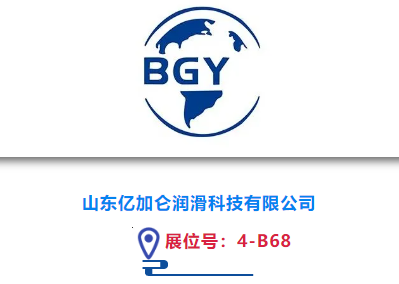Digital refrigeration upgrade leads to utility rebate and increased reliability
As an affiliate of Feeding America, the West Ohio Food Bank serves 170 food pantries, soup kitchens and shelters throughout 11 counties in western Ohio. The non-profit organization stores both purchased and donated items in its 35,000 square-foot facility, including a wide variety of nutritious frozen and refrigerated offerings in its 5,000 square-foot freezer and 2,500 square-foot refrigerator. In recent years, the refrigeration equipment supporting these cold storage units was becoming failure-prone, resulting in excessive maintenance costs and unwanted headaches to the West Ohio Food Bank’s operators.
So, when representatives from Emerson Climate Technologies approached the non-profit about donating all-new equipment and components for a digital refrigeration system, operators were intrigued. When they found out that the system could significantly reduce their energy footprint, greatly improve refrigeration reliability and significantly lower maintenance costs, they were all ears. And, when Emerson secured a $2,500 rebate from the utility, AEP Energy, based on analysis of projected efficiency gains, operators officially gave Emerson the green light to begin the project in late 2014.
In with the new, low-condensing operation
The West Ohio Food Bank had inherited their refrigeration system from the facility’s previous tenant, a supermarket warehouse. Like many traditional, fixed-capacity compressor and mechanical component systems, theirs was characterized by a high rate of compressor cycling (on/off) to match the required refrigeration capacity. The legacy system had become a source of excessive downtime and repair costs for food bank operators, requiring the purchase of replacement fixed-capacity compressors to keep the system running and resulting in as much as $20,000 in operating expenses.
For Emerson, the project presented an opportunity to demonstrate a proof-of-concept that utilized their Copeland Discus™ Digital compressor for precise capacity modulation and the components needed to enable low condensing operation. Although low condensing is not necessarily a new concept, improvements in controls technology and a reduction in costs are making it a more valid option for many operators seeking to reduce energy consumption while improving refrigeration reliability.
Low-condensing systems allow the head pressure to float from 10–20 °F above the ambient temperature down to 60 °F, as opposed to fixed-capacity systems that are designed for 105 °F conditions, regardless of the actual ambient temperatures. Floating the head pressure allows compressor capacity and energy efficiency to increase as the ambient temperature drops, delivering up to 15–20 percent energy efficiency ratio improvements for every 10 °F decrease in head pressure.






















